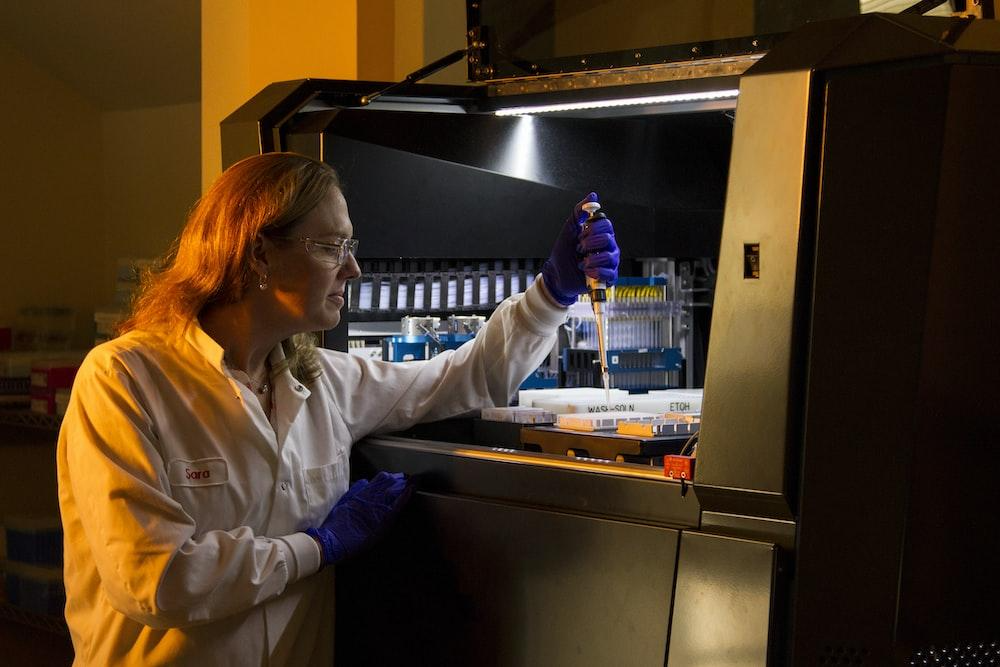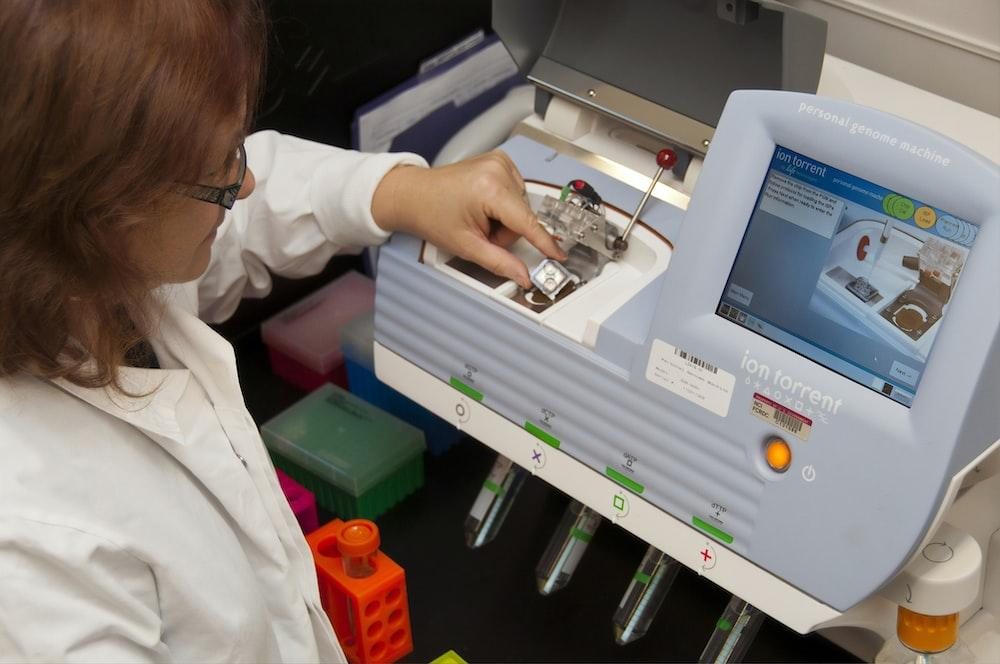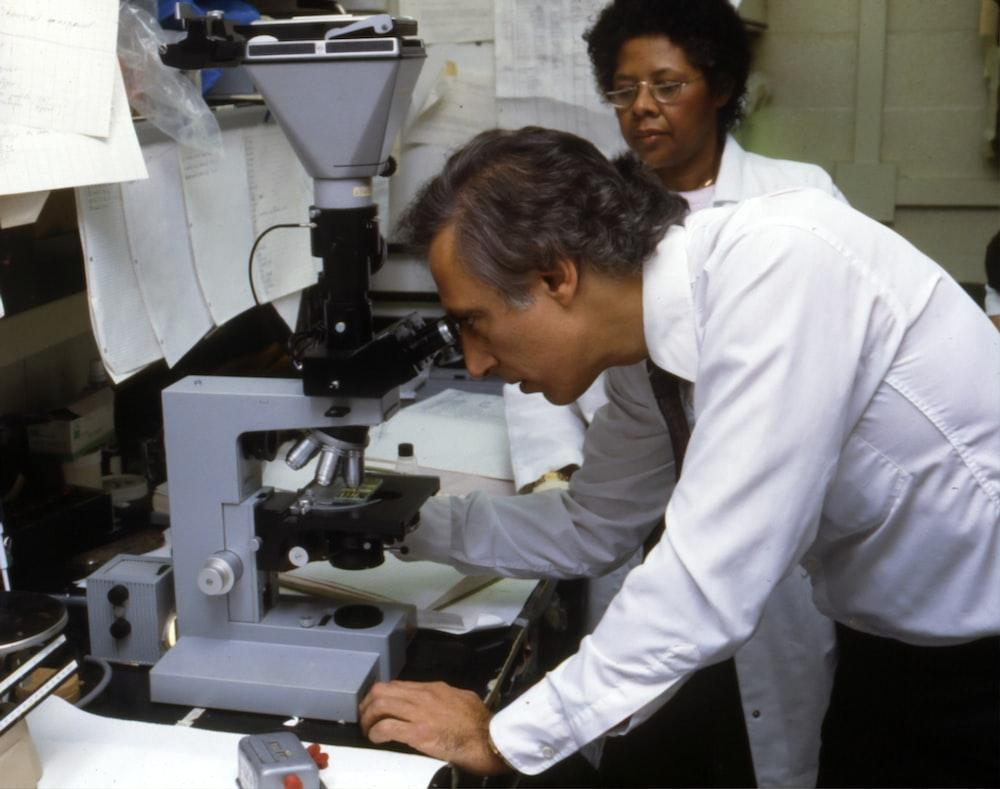#How To Prepare for A Successful IND Submission?

Inhaltsverzeichnis
The first significant effort in a long sequence of regulatory product filings to get FDA marketing clearance is an Investigational New Drug (IND) submission. A high-quality IND application is essential because this will be your first genuine impression with FDA, and a sloppy effort will hinder the process and result in costly regulatory delays.
Significantly, when preparing and constructing an IND, it is critical to obtain the collaboration of multiple disciplines, either inside the business or outside consultants, including professionals in non-clinical, clinical, CMC/manufacturing, and regulatory affairs.
These disciplines will be critical in ensuring the submission is completed and filed on time. Most importantly, understanding what it takes to put together the various components of a successful IND – a step-by-step approach – will allow you to stand out in the eyes of the FDA.
This article will explain what IND entails and give an overview of how to prepare for a successful IND submission. Read on.
What is the IND?

Before beginning First in Human (FIH) trials, drug sponsors must show the proposed medicine’s safety and efficacy in their IND application. The application should provide a complete overview of the medicine, including all relevant data gathered throughout the development and testing phases and manufacturing details.
Notably, before beginning a clinical trial in the United States, the Food and Drug Administration (FDA) must approve all new pharmaceuticals. It also applies to existing medications that have undergone a composition modification.
According to the FDA, the key issue for an initial IND filing is to assure the safety of clinical study participants. This regulatory stage is no easy task, and for many smaller biotech and biopharma firms, it may be their first encounter with a regulatory agency.
Considerations For a Successful Submission
Several circumstances determine the path to a successful IND application, and best practices for IND submission success are frequently overlooked amid preparation. Consider these crucial points before diving into the project to reduce the stress of the process and boost the chances of acceptance.
1. Start With the End Goal and Work Backward
Consider the most direct path to supporting the start of human research, then list the studies required to get there. Finding possible pressure points in your strategy and timeline errors can be done by working backward.
2. Work With Competent Development Partners or Consult with Appropriate Experts

Expertise is essential to complete the studies and actions that meet the regulatory agency’s standards. Be aware of the challenges so as not to overwork the team.
For example, if a sponsor lacks the competence to summarize preclinical study findings appropriately, it is vital to consider collaborating with a reliable consultant or contract research company.
3. Know The Molecule
This background will help to decide the study design and necessary tests, ultimately making data collection easier for the IND application. Then apply this knowledge to comprehend the common pathways for small compounds, big molecules, and cellular therapies.
4. Build A Robust and Practical Plan
If the planning is finished, there is room to refine and improve its clarity. One of the most common causes of schedule and submission delays is the disorganization of the preclinical program or the overall research plan.
IND Submission Process

To submit an IND application effectively, you must collect and prepare the following information and materials:
1. Preclinical Data
Animal and laboratory research demonstrating the drug’s safety and efficacy. Preclinical data must be thorough and be the foundation for prospective clinical studies.
2. Manufacturing Information
The formulation, manufacturing techniques, and quality control measures of the medicine. This data must show that the medicine can be made consistently and reproducibly while meeting quality criteria.
3. Clinical Trial Protocols
Details regarding the proposed clinical studies include study design, inclusion/exclusion criteria, objectives, and sample size.
4. Investigational Brochure
A document that offers an overview of the drug’s preclinical and clinical information.
What Happens After the IND Submission?

Once the IND is submitted, the FDA’s regulatory project manager (RPM) receives it and serves as the regulatory contact, obtaining review team assignments and routing the IND to the review team.
A chemist, a pharmacologist/toxicologist, a physician, a statistician, a pharmacokineticist, and, if the product involves a device, consultant reviewers from the Center for Devices and Radiological Health (CDRH) are usually on the review team.
The sponsor must wait 30 days after the FDA receives the IND submission before beginning clinical trials. During this time, the FDA can assess the IND for safety to ensure that study subjects are not at undue risk.
Significantly, it would be best to make your IND working team available for discussions within these 30 days. The FDA may require further information or clarification of details in your IND application, which you should resolve as soon as possible.
Assuming you’ve received FDA approval to proceed with your planned clinical investigation (this is often done via phone or email, followed by an official „safe to proceed“ letter), your IND is now deemed „active.“
Bottomline
The safety and efficacy of marketed medications are critical globally because they directly impact public health. The FDA built a thorough regulatory structure to oversee the research and approval of new drug products to ensure that new pharmaceuticals are safe and effective.
An IND application is vital to this framework since it permits a novel drug’s sponsor to request FDA approval to commence clinical trials. Preclinical data, study design, and clinical trial protocols must all be included in the application for the proposed medicine.
Significantly, a successful IND submission is a significant achievement for sponsors. Ensuring that drug sponsors and manufacturers understand the procedure, the contents of a practical application, and the anticipated hurdles can make the IND application more approachable. Contact a lab testing partner for more information on this process within their business.
by Jessica Smith
Wenn Ihnen der Artikel gefallen hat, vergessen Sie nicht, ihn mit Ihren Freunden zu teilen. Folgen Sie uns auch in Google News, klicken Sie auf den Stern und wählen Sie uns aus Ihren Favoriten aus.
Wenn Sie an Foren interessiert sind, können Sie Forum.BuradaBiliyorum.Com besuchen.
Wenn Sie weitere Nachrichten lesen möchten, können Sie unsere Allgemeines besuchen.




